Phase 3 Congregational Portraits
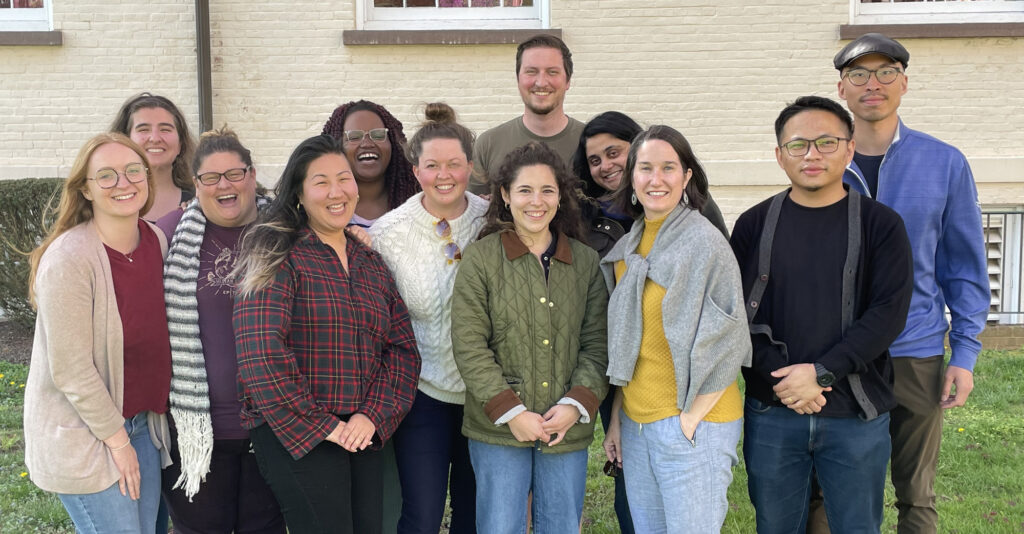
Allison Senyard, Madison Deluca, Lissette Gonzalez-Sosa, Esther Chiang, Maggie Akinleye, Anne Nelson, Natalia Dahlgren, Jacob Hunter, Reni John, Rev. Dr. Erin Raffety, Zotea Zonunsanga, and Jon Chan.
In the Spring 2023 course, “Pastor as Ethnographer, Coach, and Spiritual Leader,” led by Rev. Dr. Erin Raffety, theological students studied the question, “How do skills for researching and coaching congregations enhance and support practical ministry and leadership?”
In this course, which was based on ongoing ethnographic research conducted as part of the “Imagining Church” research project at Princeton Seminary, students collaborated with five local congregations situated within a 20-mile radius of Princeton. In this partnership, students applied both digital and in-person ethnographic research methods, drew upon design thinking theories, and provided coaching to the congregations to facilitate innovation and change. As a result of their work, they produced a detailed portrait of each congregation.
Throughout the course, students also engaged in critical theological reflection to explore how they could integrate the skills and knowledge gained from this experience into their ongoing theological education and future roles in spiritual leadership.
In May, the five congregations received mini-grants to support and implement innovative projects launched during the summer of 2023. Pastors and congregational teams then gathered at Princeton Seminary in mid-September for conversation and reflection on how these projects could act as a resource for future congregational thriving.
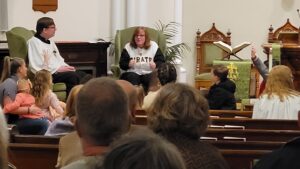
Bound Brook Presbyterian Church
Bound Brook, NJ
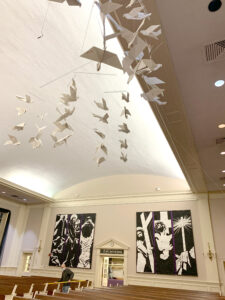
First Presbyterian Church of Hightstown
Hightstown, NJ
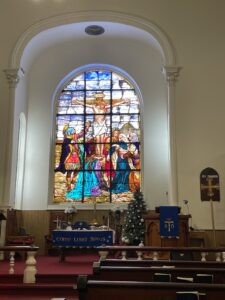
Lutheran Church of the Redeemer
Trenton, NJ
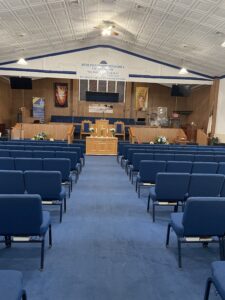
Ruth Fellowship Ministries
Plainfield, NJ
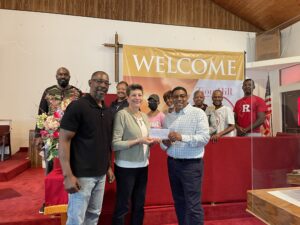
Zion Hill Baptist Church
Piscatawy, NJ
Phase 1 Congregational Portraits
The “Imagining Church” project used ethnographic methods and qualitative data from a sample of 23 diverse thriving congregations to produce “portraits” of ecclesial imagination (a church’s view of God, its congregation, its mission, its understanding of the needs of the community, and its approach to decision-making leadership). We used that data to refine conceptual and theological understandings of ecclesial imagination and how it functions in a variety of congregational contexts.
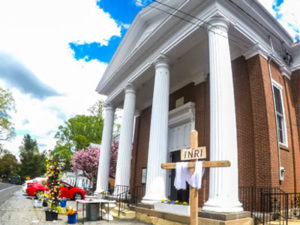
Allentown Presbyterian Church
Allentown, NJ

Bethel Presbyterian and Reformed Church
Brooklyn, NY

Circle of Peace Church of the Brethren
Peoria, AZ
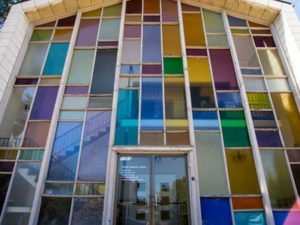
Denver Community Church
Denver, CO

First Corinthian Baptist Church
New York, NY
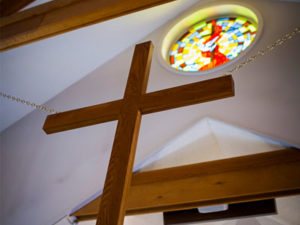
First Presbyterian Church
Sylva, NC
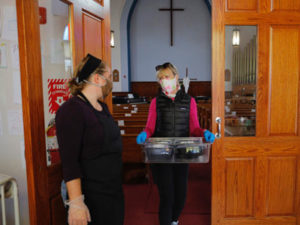
Fourth Presbyterian Church
Boston, MA
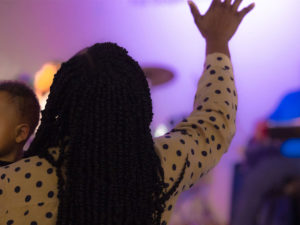
Full Gospel United Pentecostal Church
Baton Rouge, LA
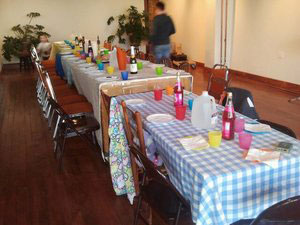
Humble Walk Lutheran Church
St. Paul, MN
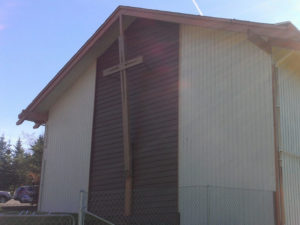
Mar Thoma Church of Greater Seattle
Kent, WA

Mosaic Church
Charlotte, NC
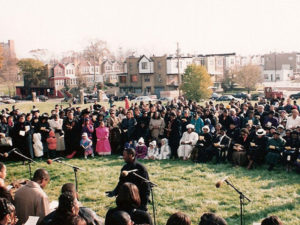
Mt. Airy Church of God in Christ
Philadelphia, PA
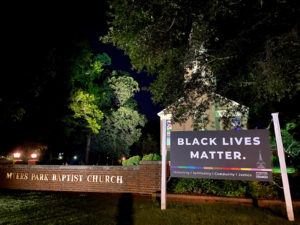
Myers Park Baptist Church
Charlotte, NC

Praise Presbyterian Church
Somerset, NJ
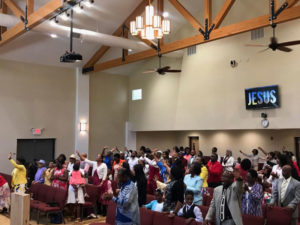
Premier Family Life Ministries International
Piscataway, NJ
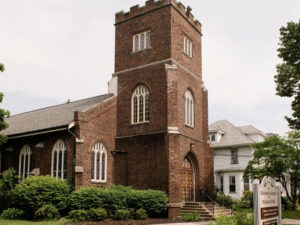
Reformed Church of Highland Park
Highland Park, NJ
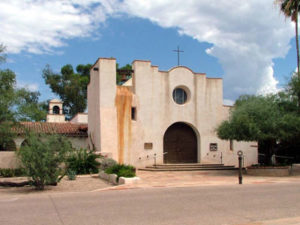
Saint Philip’s in the Hills Episcopal Church
Tucson, AZ
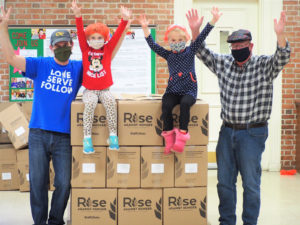
Severna Park United Methodist Church
Severna Park, MD
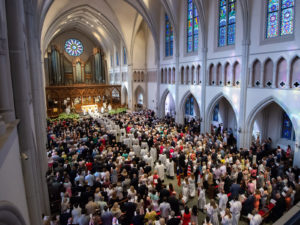
St. Martin’s Episcopal Church, Houston, Texas
Houston, TX
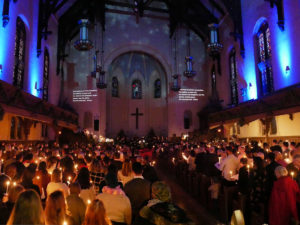
The Parish of Calvary-St. George Episcopal Church
New York, NY
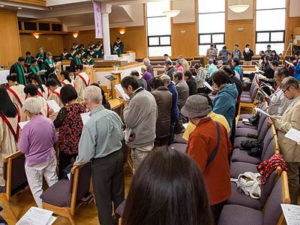
The Presbyterian Church in Chinatown
San Franciso, CA
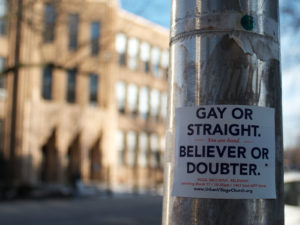
Urban Village Church
Chicago, IL
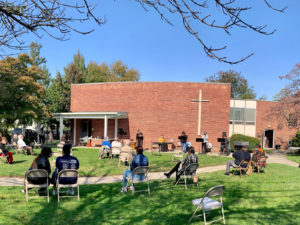
Westminster Presbyterian Church
Trenton, NJ

Allentown Presbyterian Church

Bethel Presbyterian and Reformed Church

Circle of Peace Church of the Brethren

Denver Community Church

First Corinthian Baptist Church

First Presbyterian Church

Fourth Presbyterian Church

Full Gospel United Pentecostal Church

Humble Walk Lutheran Church

Mar Thoma Church of Greater Seattle

Mosaic Church

Mt. Airy Church of God in Christ

Myers Park Baptist Church

Praise Presbyterian Church

Premier Family Life Ministries International

Reformed Church of Highland Park

Saint Philip’s in the Hills Episcopal Church

Severna Park United Methodist Church

St. Martin’s Episcopal Church, Houston, Texas

The Parish of Calvary-St. George Episcopal Church

The Presbyterian Church in Chinatown

Urban Village Church

